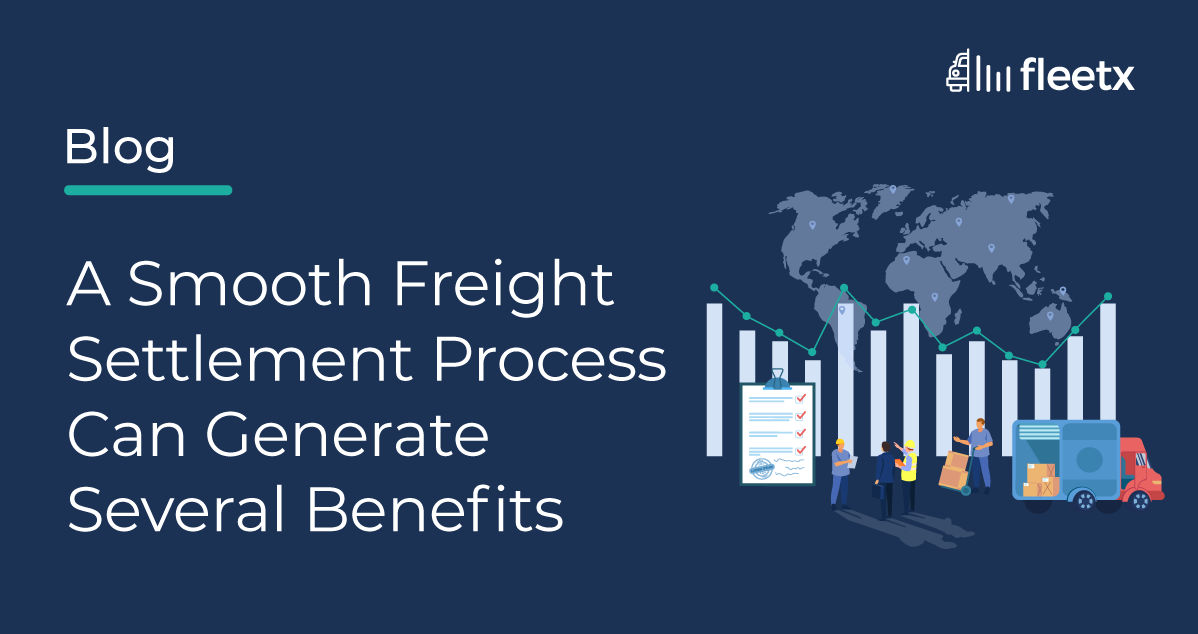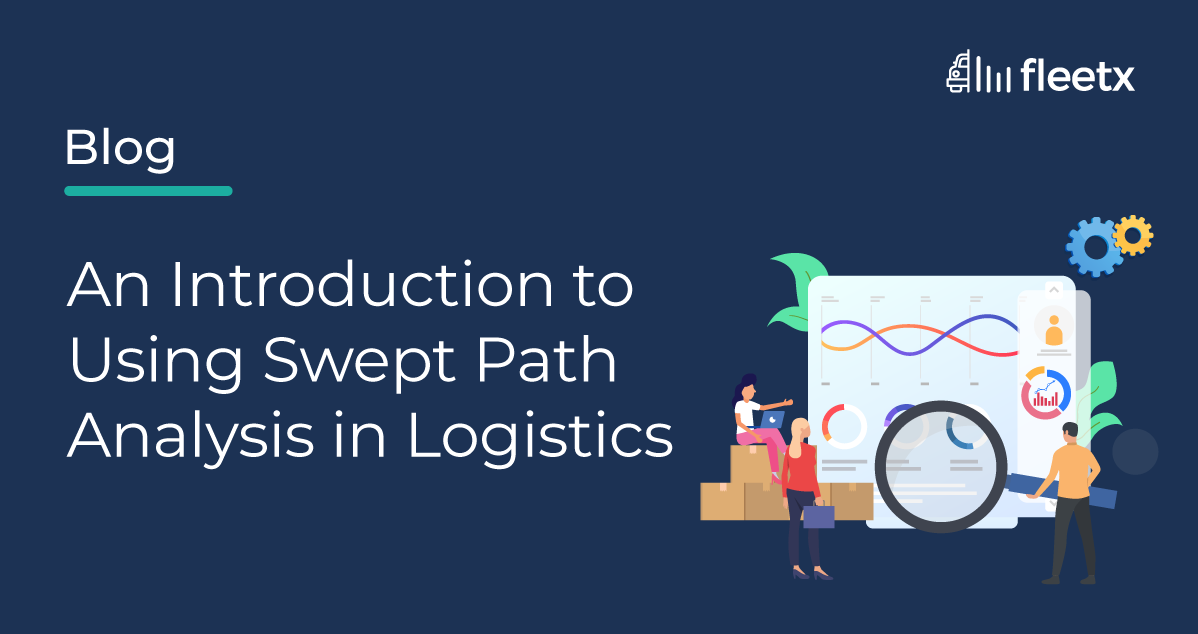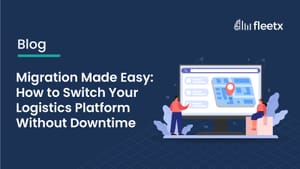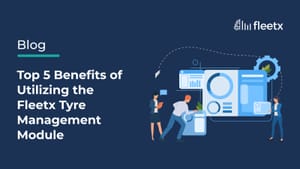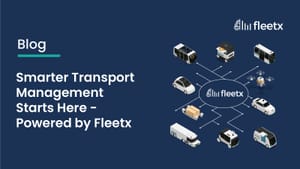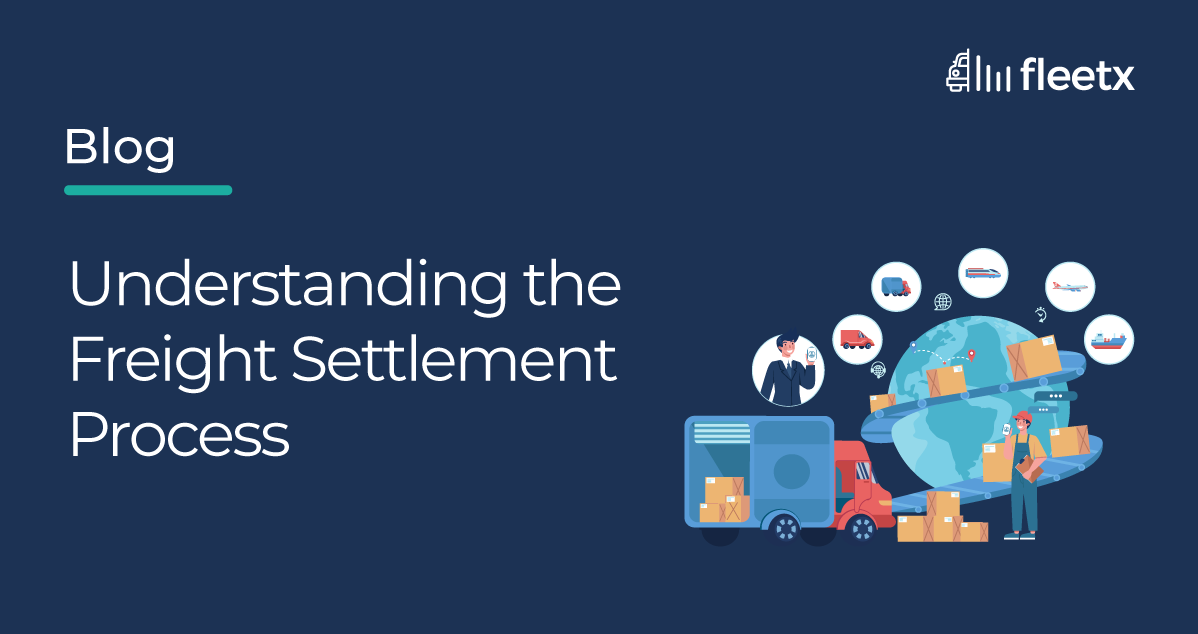
In the dynamic world of logistics, efficient management of freight operations is crucial for the success of any organization. One integral aspect of this management process is freight settlement. It refers to the process of ensuring accurate and timely payment for transportation services provided by carriers. It involves various activities such as verifying invoices, reconciling charges, managing claims, and facilitating financial transactions between parties involved in the supply chain.
Quick Insights: The Short Version of This Blog
- In the dynamic world of logistics, efficient management of freight operations is crucial for the success of any organization.
- Freight settlement is the process of ensuring accurate and timely payment for transportation services provided by carriers.
- The primary objective of freight settlement is to establish a fair and transparent mechanism for compensating carriers while minimizing errors, disputes, and delays in payment.
- The journey of a freight bill involves freight bill generation, verification and accuracy check, carrier submission, invoice receipt and review, payment processing, and record-keeping and audit.
- Digital transformation in freight settlement includes automation and streamlining, digitization of documentation, real-time tracking and visibility, electronic proof of delivery (EPOD), and integration and collaboration among stakeholders.
Technology-driven digital transformation is revolutionizing freight settlement, bringing efficiency, accuracy, and enhanced visibility to the supply chain. Embracing these technological solutions allows logistics companies to optimize their operations and achieve a more efficient and transparent freight settlement process.
The primary objective of freight settlement is to establish a fair and transparent mechanism for compensating carriers while minimizing errors, disputes, and delays in payment.
The Journey of a Freight Bill
- Freight Bill Generation: The freight bill is generated by the logistics service provider or the carrier upon the completion of the transportation service. It includes details such as the shipper and consignee information, transportation charges, shipment details, and any additional charges or accessorial services.
- Verification and Accuracy Check: The freight bill undergoes a verification process to ensure accuracy. This involves reviewing the shipment documentation, rates, and any agreed-upon terms. Any discrepancies or errors are identified and rectified during this stage.
- Carrier Submission: The carrier submits the freight bill to the customer or shipper for payment. This can be done electronically or through physical documentation, depending on the agreed-upon process between the parties involved.
- Invoice Receipt and Review: The shipper receives the freight bill and reviews it for accuracy and compliance with the agreed-upon terms. They verify the services provided, rates charged, and any applicable discounts or surcharges. Any discrepancies are communicated back to the carrier for resolution.
- Payment Processing: Once the freight bill is verified and approved by the shipper, the payment process begins. This may involve the shipper issuing a payment directly to the carrier or following the agreed-upon payment terms, such as making payment within a specific timeframe.
- Record-Keeping and Audit: Both the shipper and carrier maintain records of the freight bill and associated payment transactions for accounting, auditing, and reconciliation purposes. These records serve as a reference for future inquiries, dispute resolution, and financial reporting.
The journey of a freight bill for owned vehicles follows a similar process as rented (market) vehicles, with the key difference being the involvement of the carrier as the owner of the vehicles.
Traditional Freight Settlement Challenges
While freight settlement plays a vital role in efficient fleet management, the traditional processes associated with it often present numerous challenges for logistics companies in India. These include:
- Manual Paperwork:
One of the biggest challenges in traditional freight settlement is the heavy reliance on manual paperwork. This approach leads to inefficiencies, increased administrative burden, and higher chances of human errors.
- Invoicing Errors:
Inaccurate or incomplete invoices pose significant challenges in freight settlement. Manual data entry increases the probability of errors in capturing key details, including shipment information, rates, quantities, and additional charges.
- Delayed Payments:
Traditional freight settlement processes often suffer from delays in payments to carriers. Lengthy manual approval workflows, complex paper-based documentation, and inefficient communication channels lead to payment windows extending beyond the accepted timeframe.
- Disputes and Resolution:
Disputes arising from discrepancies in invoicing, service quality, or contractual obligations are common in traditional freight settlement. The manual nature of processes makes it challenging to track, verify, and resolve disputes efficiently.
- Detention and Extra Costs:
Extended detention periods impact operational efficiency, increase costs for carriers, and lead to disputes and billing inaccuracies. The lack of standardized detention policies and limited visibility further complicate the issue.
- Limited Visibility and Transparency:
Traditional freight settlement often lacks transparency and visibility throughout the process. The inability to access real-time data, track invoices, and monitor payment statuses hampers decision-making and reduces operational control.
Digital Transformation in Freight Settlement
Digital transformation is reshaping the logistics landscape in India, and freight settlement is no exception. This section will elaborate on how technology plays a pivotal role in revolutionizing the freight settlement process and why it is essential to consider these solutions in today’s economy. It covers the adoption of smart solutions, automation, digitization, real-time tracking, and Electronic Proof of Delivery (EPOD).
- Automation and Streamlining:
Technology enables automation of manual tasks in freight settlement. Manual paperwork is replaced by automated systems that streamline processes, reduce errors, and enhance efficiency. Automated workflows and data capture systems simplify tasks such as invoice verification, payment processing, and document management, leading to faster settlement cycles.
- Digitization of Documentation:
Digitization eliminates the reliance on physical paperwork, bringing numerous benefits to freight settlement. Digitized documents, such as bills of loading, invoices, and contracts, are stored electronically, reducing the risk of document loss, improving accessibility, and facilitating easier data retrieval for auditing and reporting purposes.
- Real-Time Tracking and Visibility:
Technology empowers real-time tracking of shipments and enhanced visibility throughout the freight settlement process. With the use of GPS and IoT devices, logistics companies can track the location and status of shipments, providing accurate and up-to-date information to all stakeholders. Real-time tracking improves operational control, enables proactive decision-making, and enhances customer satisfaction.
- Electronic Proof of Delivery (EPOD):
EPOD is a digital solution that replaces traditional paper-based proof of delivery processes. With EPOD, delivery confirmation, recipient signatures, and other relevant information are captured electronically using mobile devices or specialized handheld devices. This eliminates the need for manual paperwork, reduces errors, and enables real-time visibility into delivery status. EPOD accelerates the settlement process by providing immediate proof of successful delivery, facilitating faster invoicing and payment cycles.
- Integration and Collaboration:
Technology facilitates seamless integration and collaboration among stakeholders in the freight settlement process. Systems can be interconnected using APIs and EDI, allowing for the smooth exchange of data between shippers, carriers, and other parties involved. Collaborative platforms enable real-time communication, document sharing, and streamlined dispute resolution, promoting transparency and strengthening business relationships.
Conclusion
Technology-driven digital transformation is revolutionizing freight settlement; automation, digitization, real-time tracking, and the adoption of smart solutions have reshaped traditional processes, bringing efficiency, accuracy, and enhanced visibility to the supply chain. The introduction of EPOD has further streamlined proof of delivery, and shortened payment cycles. Embracing these technological solutions allows logistics companies to optimize their operations, improve customer service, and achieve a more efficient and transparent freight settlement process. Part 2 of this series on freight settlement will further elaborate on the importance of, and benefits generated by a smooth freight settlement process.

